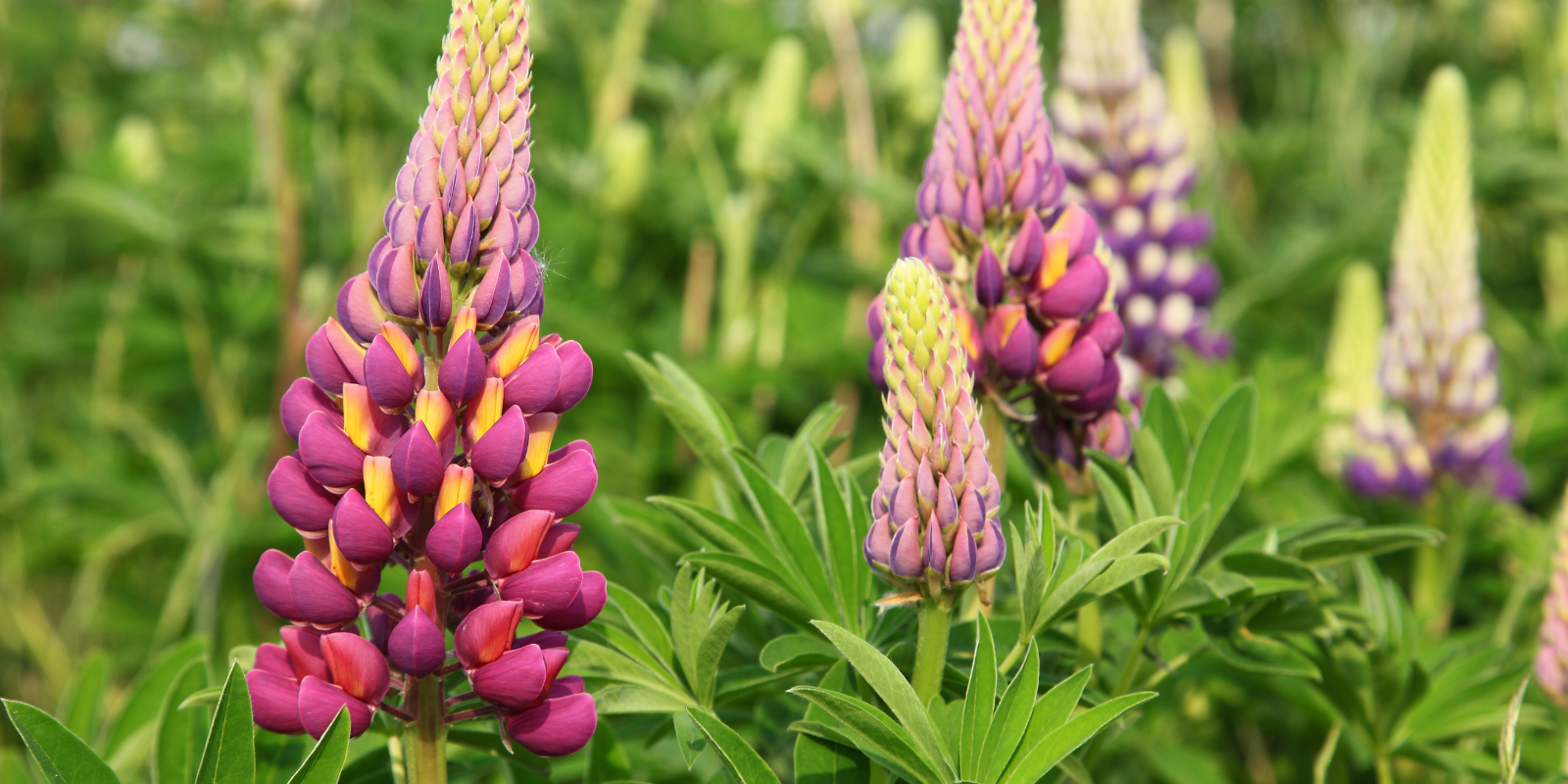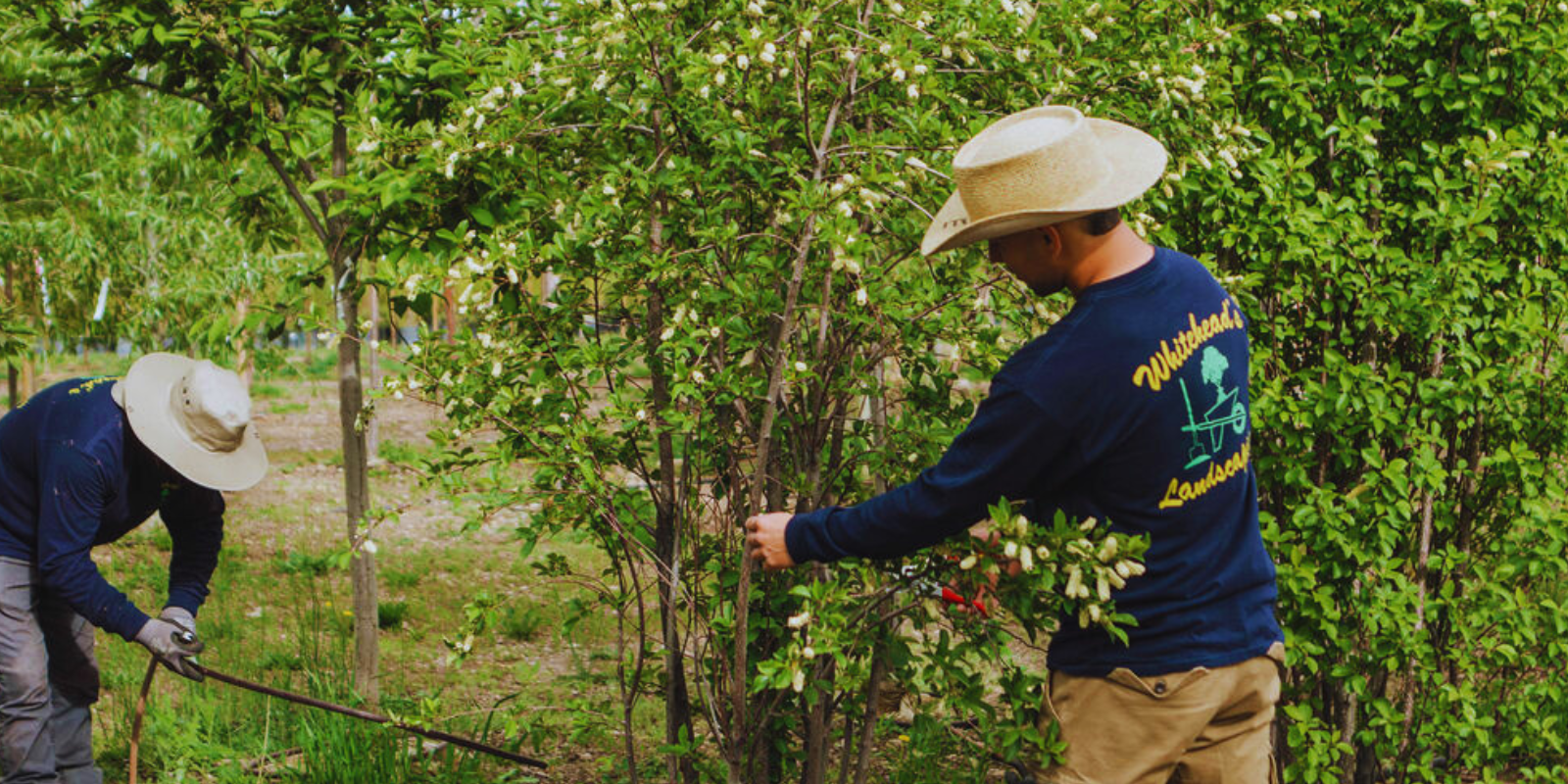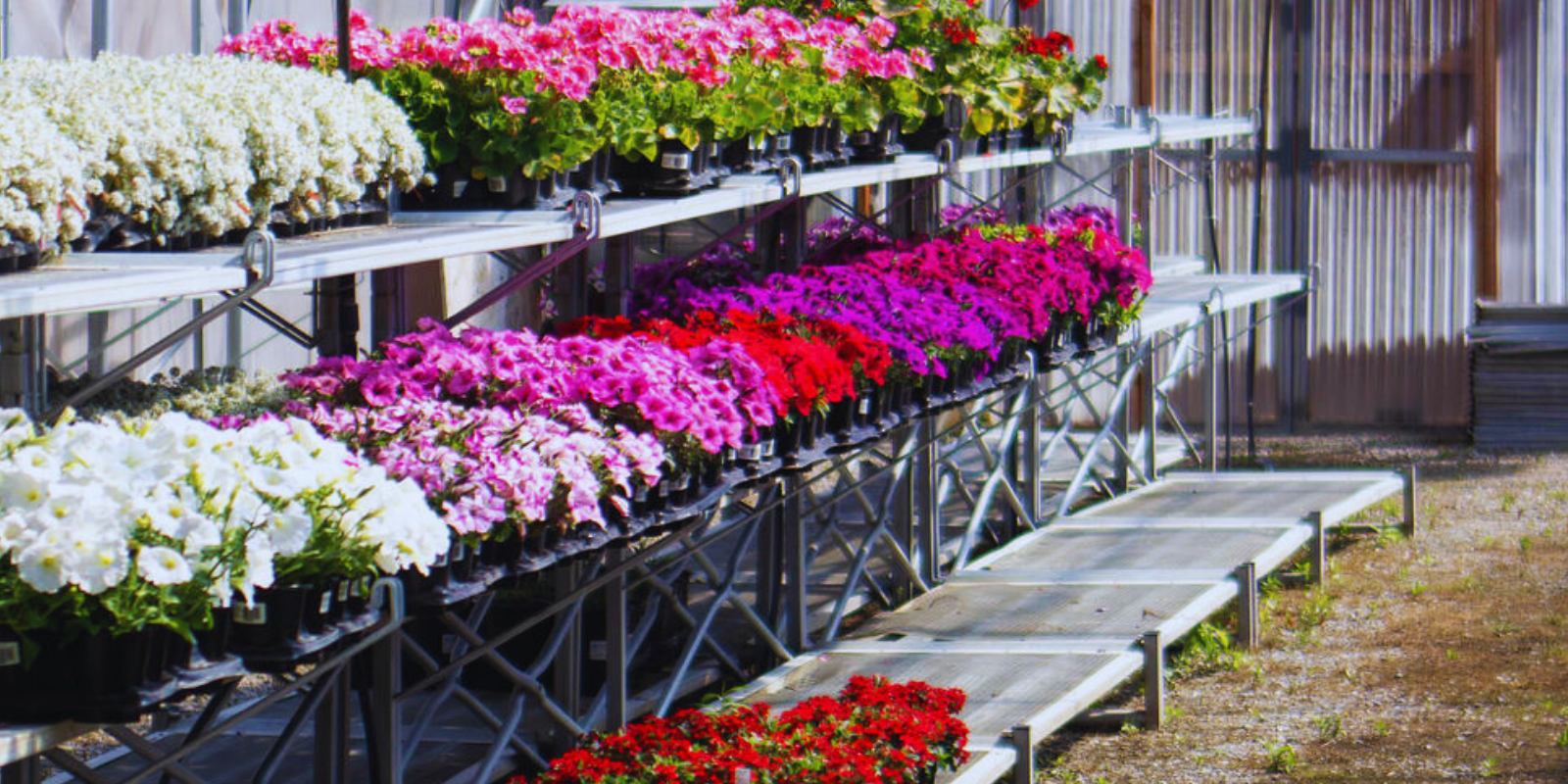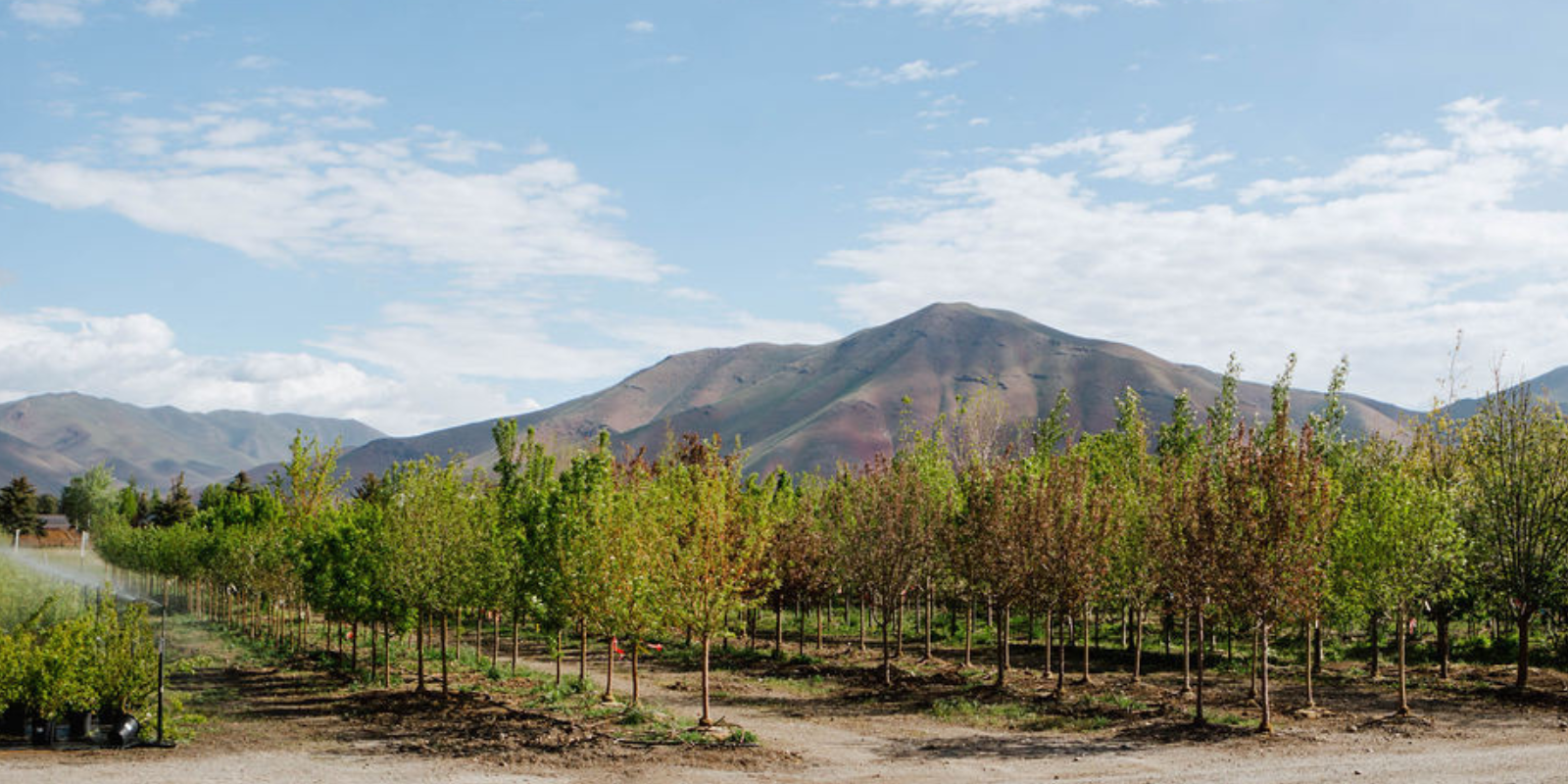Lupine (Lupinus spp) is a striking perennial known for its tall, colorful flower spikes and lush foliage. These plants not only add visual interest to your garden but also play a vital role in promoting biodiversity.
Why Choose Lupine: Lupines come in a variety of colors, including blue, purple, pink, and white, making them a versatile addition to any garden design. They are also nitrogen-fixers, meaning they improve soil fertility by converting atmospheric nitrogen into a form that plants can use.
Benefits of Lupine:
- Pollinator Attraction: The vibrant flowers attract bees, butterflies, and hummingbirds.
- Soil Improvement: As a nitrogen-fixing plant, Lupine enriches the soil, benefiting surrounding plants.
- Erosion Control: The deep root system helps prevent soil erosion, making it ideal for slopes and banks.
Planting and Care: Lupines prefer full sun to partial shade and well-drained, slightly acidic soil. Plant seeds or young plants in early spring, spacing them about 1-2 feet apart. Water regularly, especially during dry periods, and deadhead spent flowers to encourage more blooms.
Adding Lupine to your garden not only enhances its aesthetic value but also supports a healthy garden ecosystem. With their stunning flowers and soil-improving capabilities, Lupines are a fantastic choice for any gardener looking to boost biodiversity and beauty in their landscape.












